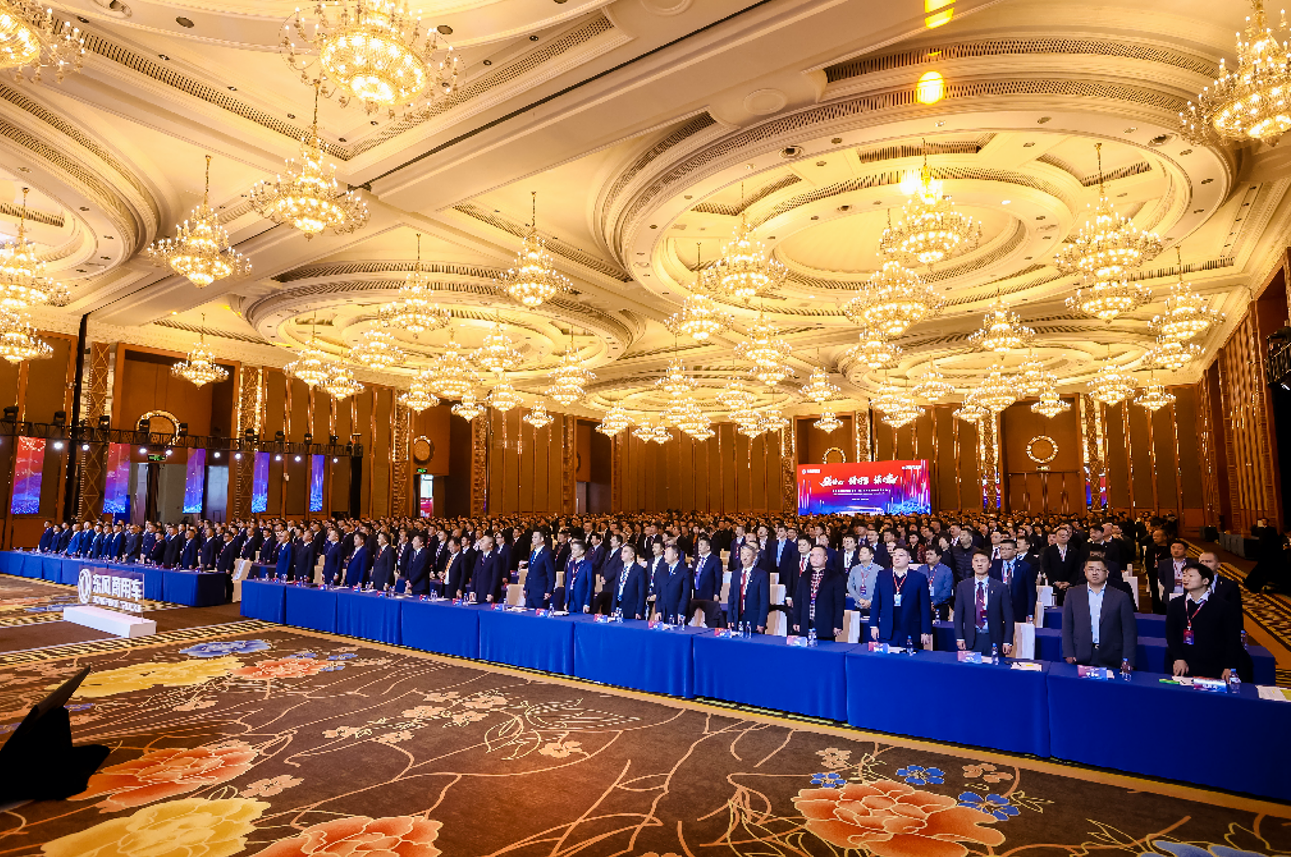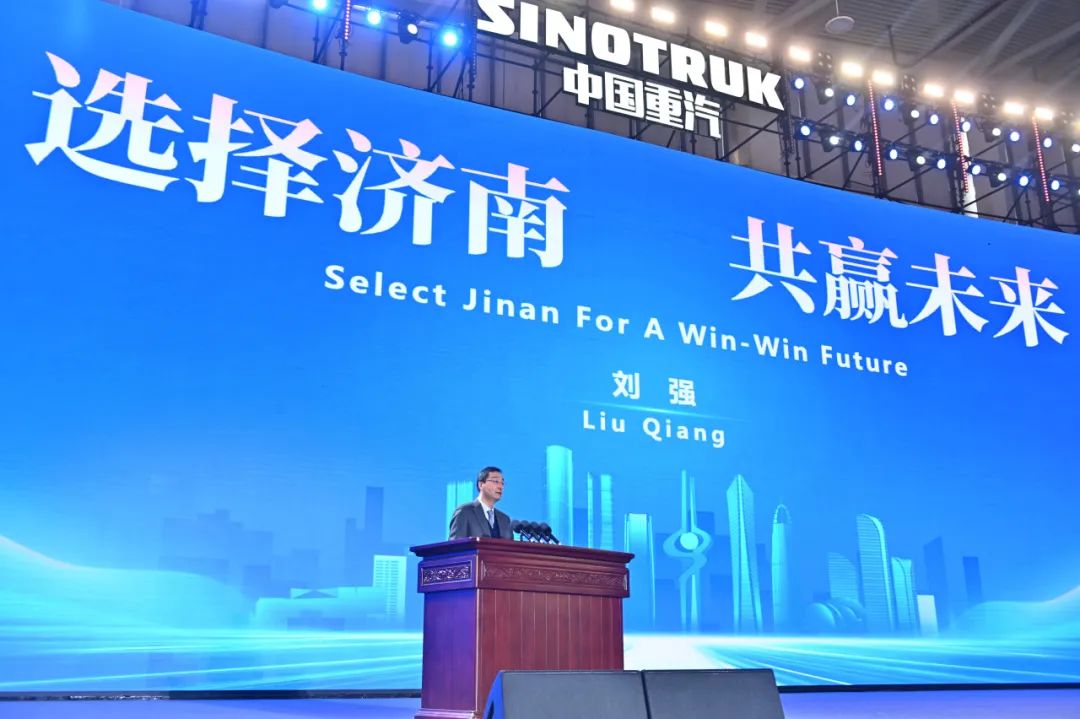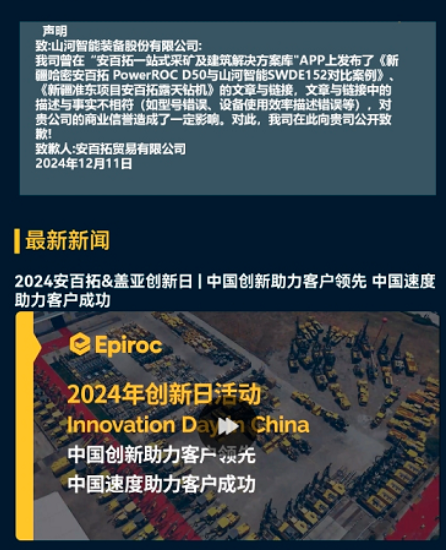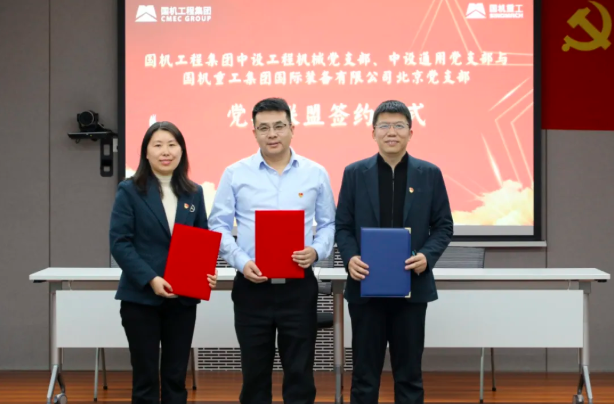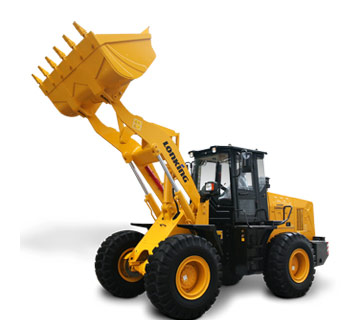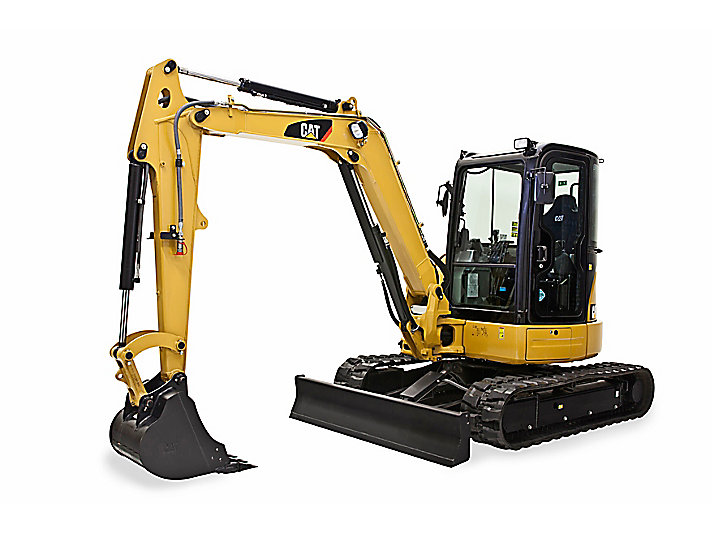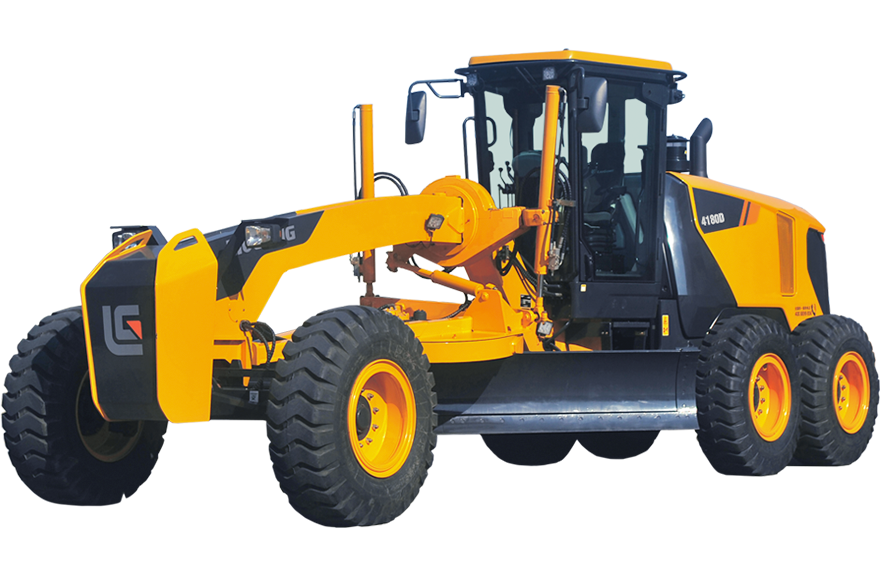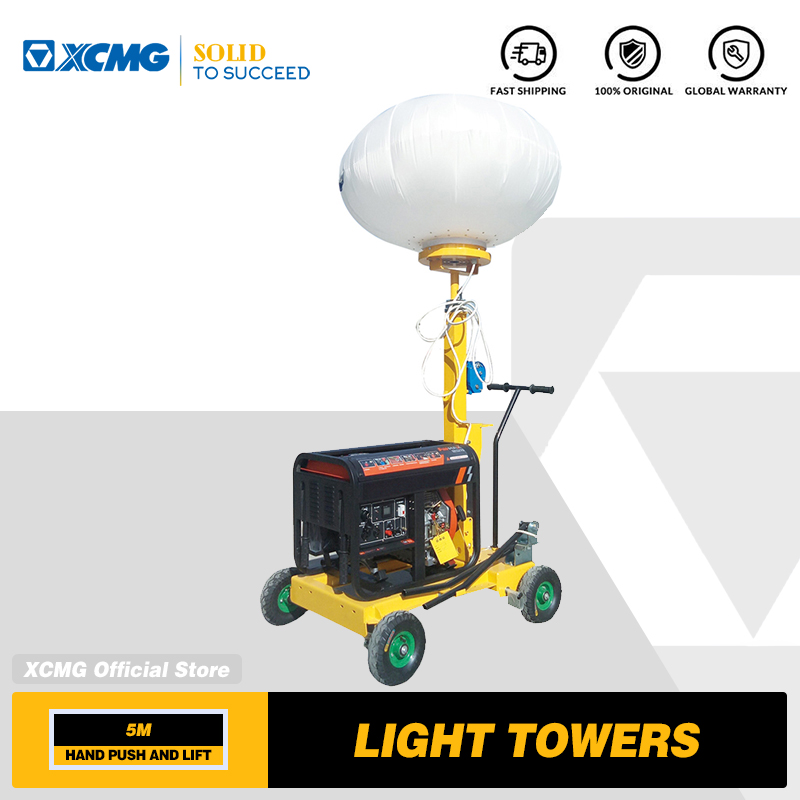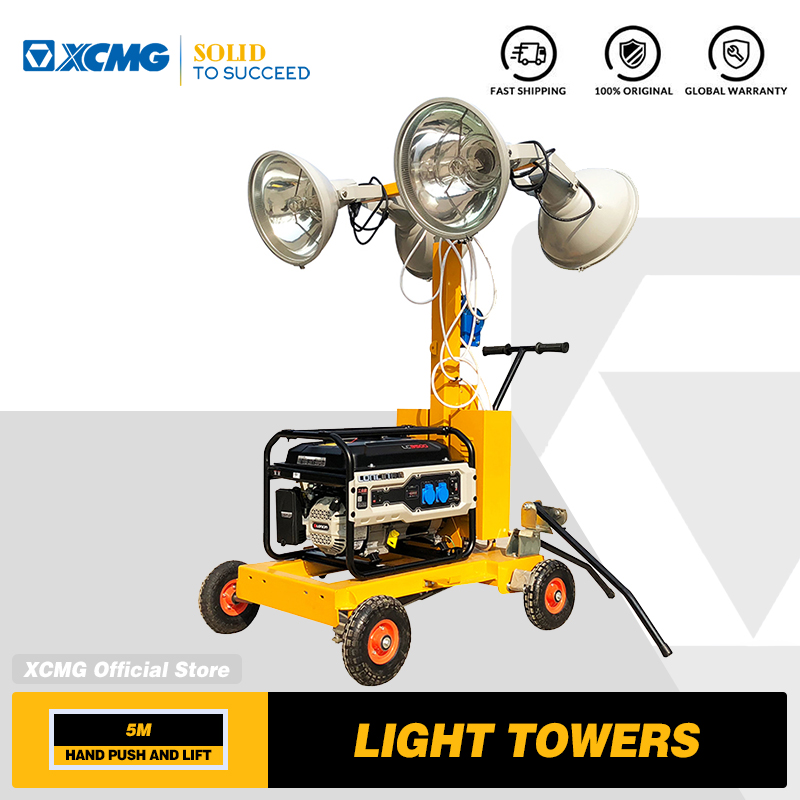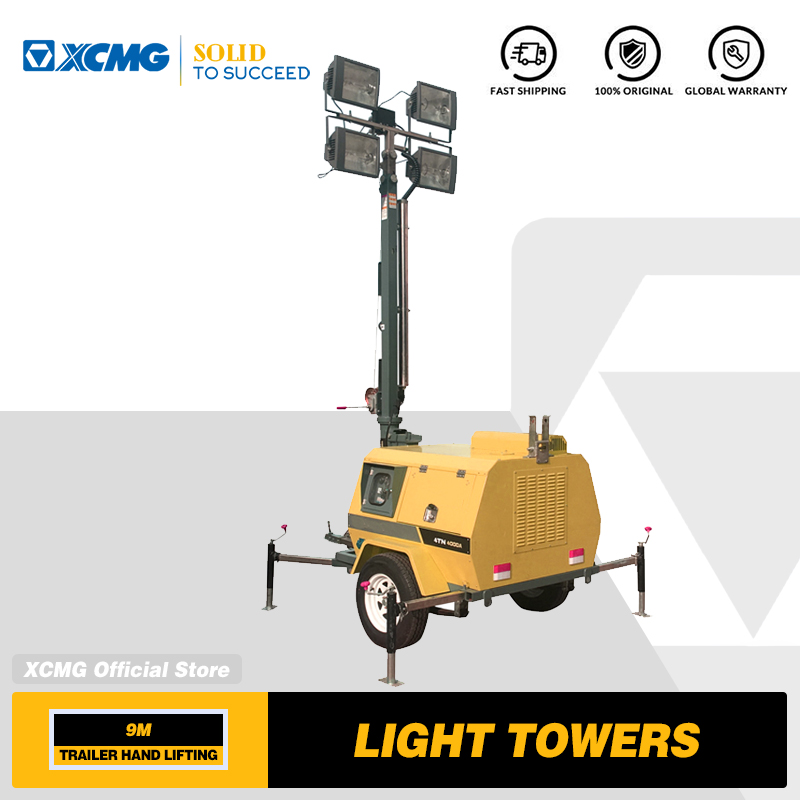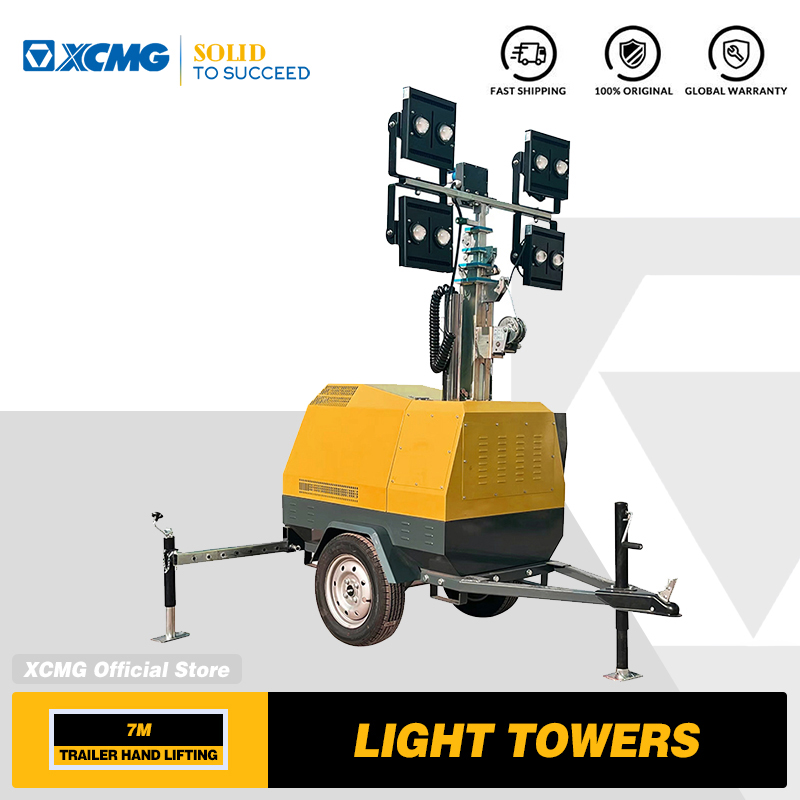
"Diameter 9.6m, height 54.4m, with a total weight of 2,155 tons – it only took 2.5 hours to install an oil Fischer-Tropsch synthesis reactor, therefore a whole week will be saved compared with the installation schedule we used before. " an employee working for the coal liquefaction project of Shenhua Ningxia Coal Industry Group said on August 11.
It was the XGC88000
Crawler Crane of the world’s highest level made by XCMG in 3 years that has accomplished this miracle. Its maximum lifting torque - 88,000 ton meter - has broken the world’s design limit (60,000 ton meter). Meanwhile, it is the world's only 4000-tonnage
Crawler Crane that has ever been sold and applied in the site construction.
40 Days‘ Non-Stop Travel Across Half of China
In July, sited at the Sinopec’s project site of an industrial park in Yantai, the world's first XGC88000
Crawler Crane made by XCMG, with its 108m heavy main boom and 22m fixed fly jib, favourably lifted a 1680-ton propane tower under the operating radius of 30m and rated load of 1,790 tons. After its perfect first show, XGC88000 was immediately disassembled and transported across half of China (more than 1600 km) to the construction site of 4 million tons/year indirect coal liquefaction project of Shenhua Ningxia.
The 4 million tons/year indirect coal liquefaction project of Shenhua Ningxia is a national demonstration project of China, and also a key project of Shenhua Group and Shenhua Ningxia Coal Industry Group. It is expected that upon the completion, the project will be table to produce 4.04 million tons of oil and olefin supporting synthesis gas per year, including 2.737 million tons of blended diesel, 983,000 tons of naphtha, 333,000 tons of LPG. The annual coal conversion will hit 2,448 tons.
2,155 tons: a new record of single mobile crane engineering application in the world
At 9:57 on the 11th, with 84m heavy main boom, operating radius of 23m and rated load of 3029.8 tons, the XCMG XGC88000 crawler crane easily and slowly lifted up the 2,155t, 54.4m-height and 9.6m-diameter oil Fischer-Tropsch synthesis reactor. After the auxiliary 1000-tonnage crawler crane was off hook, at the load rate of 71.1%, XCMG 4000-tonnage crawler crane flexibly rotated and steadily hovered above the base foundation with the weight on after running for some distance. With the help of workers, it smoothly installed the oil Fischer-Tropsch synthesis reactor in place, the whole process lasted for only 2.5 hours.
It is reported that the XCMG 4,000-tonnage crawler crane will continue to carry out another task of lifting 7 reactors of the same specifications during the project. With its safe, reliable, efficient performance, the XCMG 4000-ton crawler crane certainly will be able to provide strong support for coal liquefaction projects in the subsequent lifting operations and present a dazzling point in the development of large-tonnage crawler cranes in the world.


